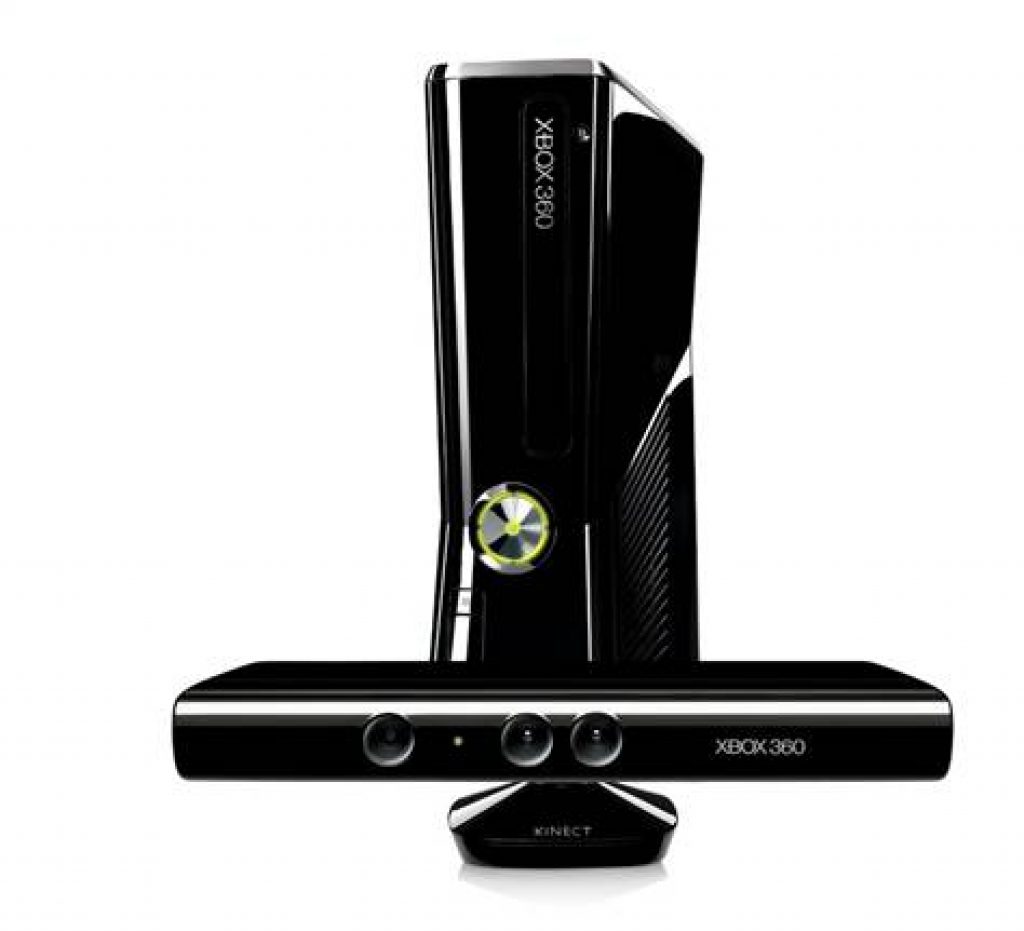As noted in a news entry on on July 27, Microsoft's Craig and Don Mattrick (president of the Interactive Entertainment Business unit), announced at TechForum on February 21 the company's planned release of a non-commercial Kinect SDK later that spring. Developed by Microsoft Research in collaboration with IEB, this free download was intended to "give academic researchers and enthusiasts access to key pieces of the Kinect system—such as the audio technology, system application programming interfaces and direct control of the Kinect sensor itself."
The freely downloadable SDK public beta finally appeared on June 16 (not exactly 'spring', but maybe I'm just nit-picking) and has more recently been updated. Focused on non-commercial purposes ("a commercial version is expected to be available at a later date"), it's also tailored for developers using Windows 7-based computers. Sorry, all you other-O/S folks, you'll need to continue using open source community-developed tools. Here's what Microsoft's site says about it:
The Kinect for Windows SDK beta includes drivers, rich APIs for raw sensor streams and human motion tracking, installation documents, and resource materials. It provides Kinect capabilities to developers who build applications with C++, C#, or Visual Basic by using Microsoft Visual Studio 2010.
This SDK includes the following features:
· Raw sensor streams: Access to raw data streams from the depth sensor, color camera sensor, and four-element microphone array enables developers to build upon the low-level streams that are generated by the Kinect sensor.
· Skeletal tracking: The capability to track the skeleton image of one or two people moving within the Kinect field of view make it easy to create gesture-driven applications.
· Advanced audio capabilities: Audio processing capabilities include sophisticated acoustic noise suppression and echo cancellation, beam formation to identify the current sound source, and integration with the Windows speech recognition API.
· Sample code and documentation: The SDK includes more than 100 pages of technical documentation. In addition to built-in help files, the documentation includes detailed walkthroughs for most samples provided with the SDK.
· Easy installation: The SDK installs quickly, requires no complex configuration, and the complete installer size is less than 100 MB. Developers can get up and running in just a few minutes with a standard standalone Kinect sensor unit (widely available at retail outlets).
Also, in mid-July, Microsoft released the equally-freely-downloadable Kinect Services suite for Robotics Developer Studio 2008 R3. At the time, Stathis Papaefstathiou, General Manager of Microsoft's Robotics division, noted, "Kinect Services for RDS is built on top of the Kinect for Windows SDK. We have wrapped in the core Kinect SDK capabilities so you can use them with the CCR [editor note: Concurrency and Coordination Runtime]/DSS [Decentralized Software Services] programming model. However, this is only the beginning. Keep your eyes peeled for updates in the fall. We know that there are many practical issues for applying the Kinect technologies to robotics capabilities that we will be addressing in upcoming RDS releases."
Robotics Developer Studio 1.0 first became publicly available from Microsoft Research in mid-December 2006. Industry adoption of it has to date been somewhat muted, albeit with a few notable application exceptions. Nonetheless, Papaefstathiou concludes his mid-July remarks as follows, "We look forward to working with the developer community to create a common platform – using Kinect – to co-create consumer robotics projects and scenarios." I wholeheartedly concur. As noted in another news entry on August 1, robust vision support is at the nexus of robust autonomous robot implementations. The combination of Robotics Developer Studio 2008 R3 and its companion Kinect Services suite will undoubtedly go a long way towards translating robotics developers' visions into reality.


